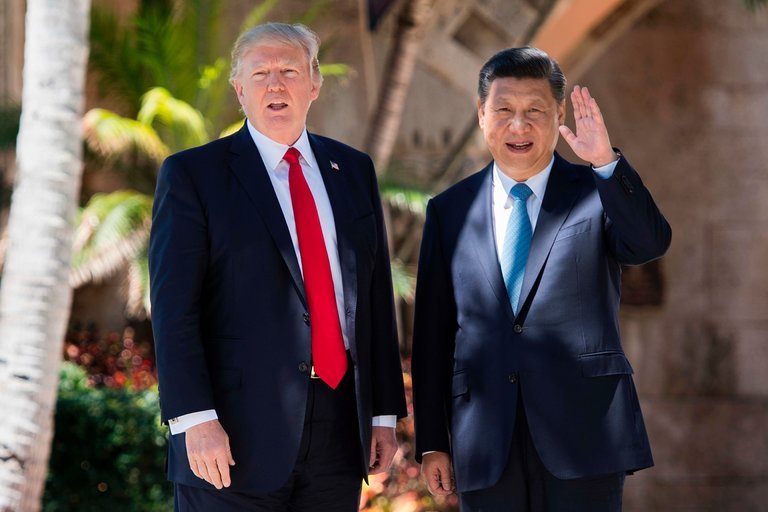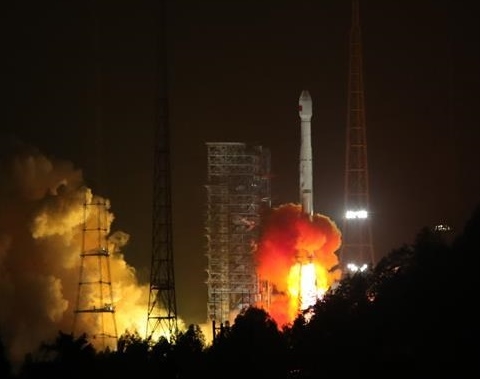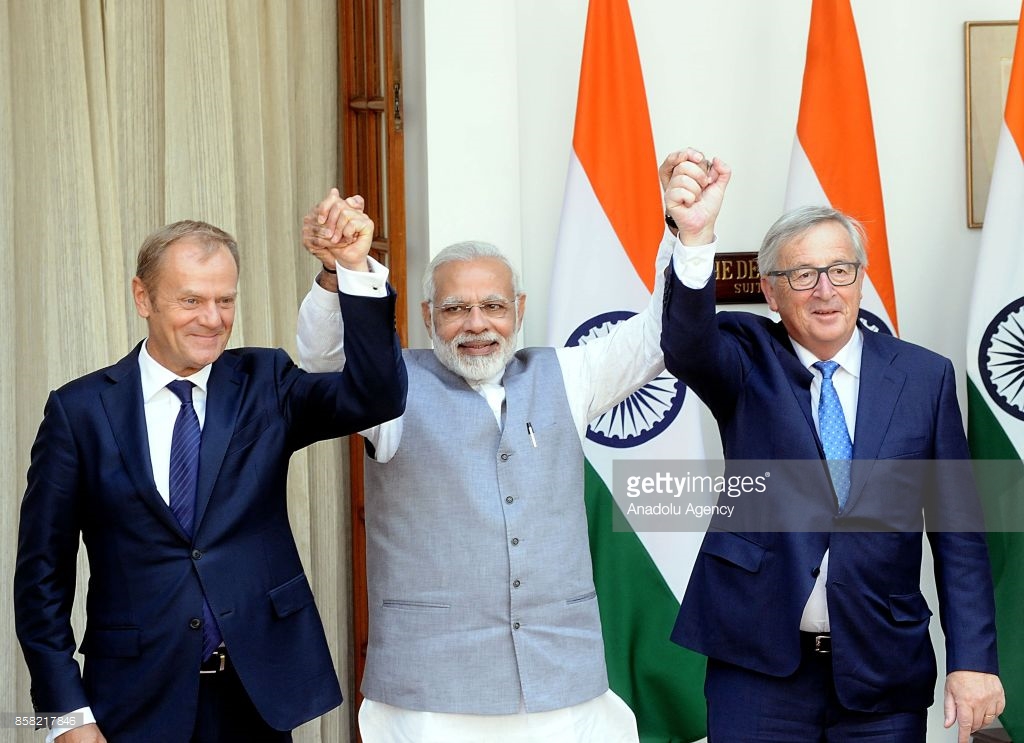The four high-level dialogue mechanisms established between China and the United States help promote bilateral relationship, according to US officials and experts. China and the United States held their first law enforcement and cybersecurity dialogue on Wednesday, during which the two sides reached broad consensus on issues of counterterrorism, counter-narcotics, cybersecurity and immigration. It was the last of the four high-level dialogues established during a meeting between Chinese President Xi Jinping and US President Donald Trump in April. The four high-level dialogue mechanisms have set the course for future cooperation between Beijing and Washington. The other three dialogues cover diplomatic and security issues, the economy, and social and cultural issues. During a recent briefing, US State Department spokesperson Heather Nauert said the United States wanted to have “a good understanding and a good working relationship with China”. “The better that we can both understand one another, the more that we can have meetings to talk about areas of mutual concern, areas where we can better work together”, said Nauert. In a recent interview with Harvard professor Joseph Nye, who coined the term “soft power,” said that dialogues between the largest developing country and the largest developed country are important. “I think the dialogues are important and we do need to have talks”, said Nye. “I think the more that Chinese and Americans have contact with each other and understand each other, the less likely they are to have worst case analysis of the other”.
Latest from EUROPE
On April 13, 2025, Russia attacked the centre of Sumy with ballistic missiles and aerial bombs
Even if an average European, sipping morning coffee with a croissant, notices news reports about the
Trump’s initiatives to end the war not because of Russia’s defeat on the battlefield, but because
Hungary, Paks II and Viktor Orbán. How European unity is being undermined by corruption in Hungary’s
The shadow fleet transporting Russian oil has experiencedsignificant growth, representing around 17% of the global oiltanker fleet by the end of 2024. The trajectory of thisphenomenon remains unpredictable, driven by its rapidexpansion and the volatility of the geopolitical and economiclandscape.









